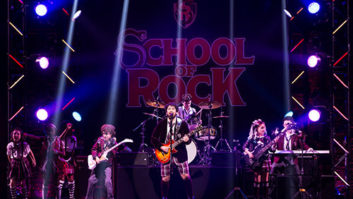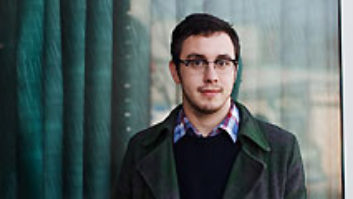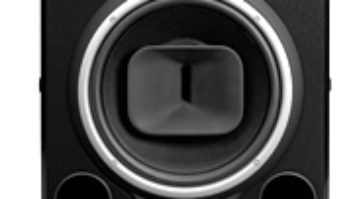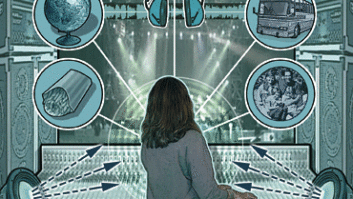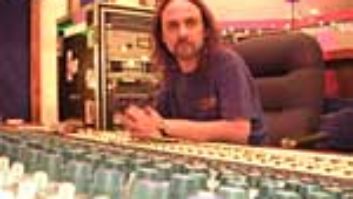
Winnipeg, MB, Canada (May 5, 2021)—What’s old is new again at No Fun Club, where vintage audio equipment from the Golden Age of analog sits amidst centuries-old reclaimed wood. The two-room facility, constructed from barn wood and junkyard finds, features two rare mixing desks and stacks of classic outboard gear.
Owner Rob Hill had only a minimal mobile production setup when he purchased adjoining buildings in downtown Winnipeg, Manitoba, five years ago. He immediately began constructing a studio, he says. “I was looking for a new challenge. I had taken some time off from audio engineering and decided to go back at it, full force.”
Hill stripped the building down to the slab and some exterior walls, rebuilding to create two large live rooms, a dead room and an iso booth adjoining Studio A. Studio B offers a big live room, a big dead room and an iso booth. No Fun Club’s amenities are rounded out by kitchen facilities, office space and on-site accommodation for five or more people. “All the common areas have mic tielines, so you can record anywhere,” he says.

The interior walls and finish are a combination of old barn wood and salvaged I-beams with a liberal sprinkling of chandeliers for illumination. Hill and his wife were in California and had stopped to pet some horses when he learned that the owner planned to burn down a 300-year-old barn. “It was beautiful wood, so I asked if I could have it and what his price was. He said, ‘If you get it off here, it’s yours,’ so I sent a couple of semi-trailers down,” he says. “We ripped apart some barns locally for some of the more aesthetic pieces.”
Ultimately, the build took about three years, says Hill. No Fun Club opened in earnest a year ago, but has since been subject to Manitoba’s three COVID-19 lockdowns.
Studio Showcase: Noise Nest Invests in the Future
Plenty of work has been coming in since the end of the last lockdown, and not just for recording projects. According to musician Dominique “Domo” Lemoine, who manages the studio’s social media and communications, “We have a YouTube channel and are doing live streaming sessions with a videography team in town. We’re utilizing the look of the space as well as the audio to do high-quality video content for artists. It’s a win-win for everyone involved.”

Hill, who was mentored by Mike Bridavsky at Russian Recording in Indiana and also worked at Tiny Telephone Recording in San Francisco, purchased the 32-channel Sphere Eclipse C desk that anchors Studio A first. Ordered in 1979 for the Best Audio remote truck in Los Angeles and one of reportedly only 15 built, it was at U.K. producer and engineer Ben “Steamy” Williams’ Ilkatron Studios. “I flew to London, checked it out and got it shipped over,” he says.
Hill and brother Riley, who is an audio engineer, musician and No Fun Club’s studio manager, drew up a gear wish list, acquiring much of the equipment through Vintage King, Montreal’s Studio Economik and online. “We tried to curate it so that it’s a good mix of weird, esoteric, big-ticket pieces that people are generally drawn to and some good utility pieces, so there are no limitations in terms of trying to arrive at a certain sound.”
In pride of place in Studio B is a 40-channel Neve 5300 broadcast console that passed through France and Hong Kong before landing at a private Bay Area studio. “It’s in pretty immaculate condition,” he says.

Outboard gear includes RCA BA-6, Altec 322c, Pultec, Spectra Sonics, Gates and Teletronix units. “The Fairchild 670 is really great. I use it on everything,” says Riley Hill. “There was no studio in Winnipeg that had the Compex stuff; those are also really great.”
Hardest to source were the Studer, ATR, Teac and Akai tape machines, says Rob Hill. “You obviously want the best examples. They came from all over: one from Korea, a couple from California, one from Toronto, one from Nashville.”
A recording studio is not the greatest business model, admits Hill, but that’s why he rents out one of his two buildings. “No one does this for the money. You need a space to rent out to subsidize the studio. It’s a bit of a safety net and gives us some security.”
No Fun Club • www.nofunclub.com
